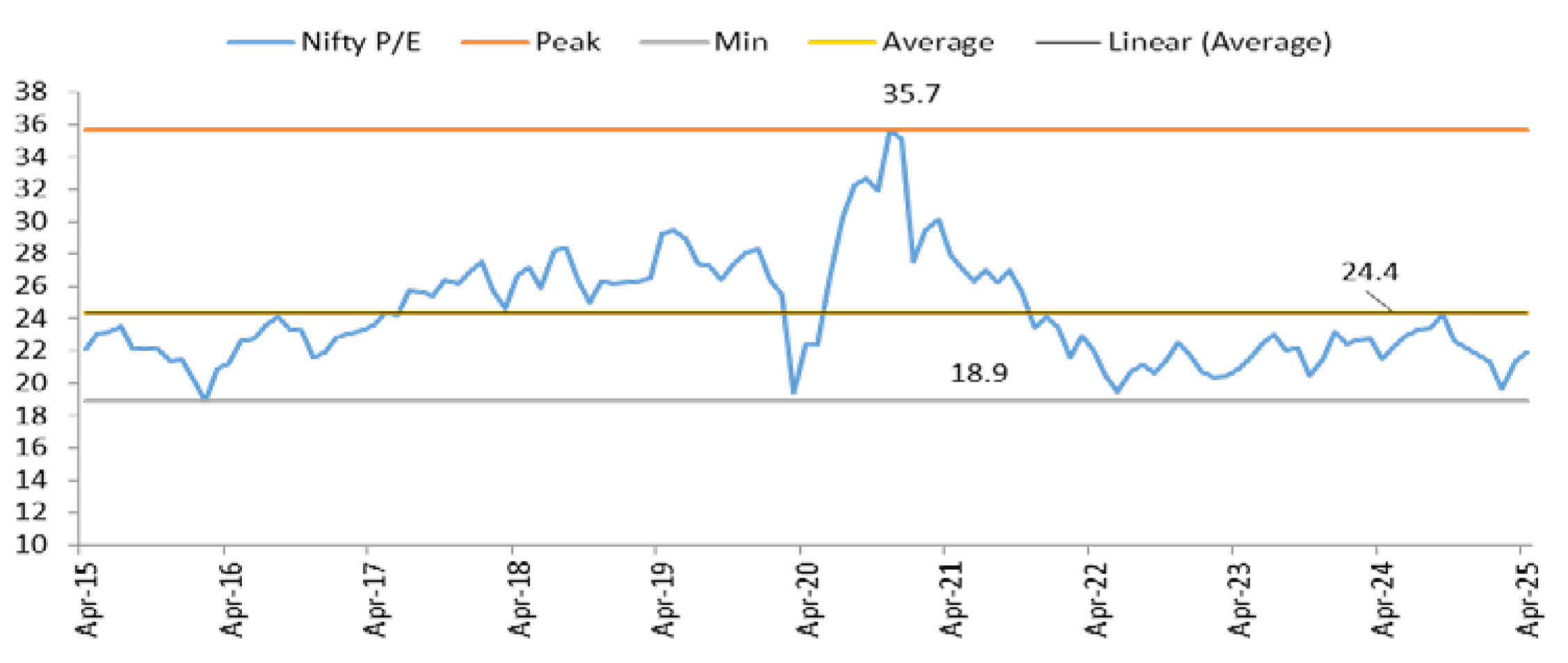
● US tariffs would lead to uncertanities:The decision of the US government to suspend reciprocal tariffs for most countries (except for China) for 90 days should provide some upside to the Indian market in the short term. However, we do not see any change in the US’s goals, leading to continued large uncertainties for (1) countries (level of tariffs), (2) exporters (new capex and orders) and (3) companies (earnings). Thus we expect market to remain volatile amid uncertanities in near term.
● Budget: The FY26 budget pivoted to consumption from capex to provide a fillip to faltering domestic demand and boost economic growth without compromising on fiscal consolidation commitment. It put more money in the hands of people by realigning tax slabs (Rs. 1tn higher disposable income), increasing allocation for rural schemes and enhancing credit limit for KCC farmers from Rs. 300K to Rs. 500K (providing access to Rs. 3.3tn credit at 4% interest rate). All these government intiatives is expected to fuel consumption and same should start reflecting from 2HFY25 onwards in our view.
● Robust GST Collection: April 2025 GST collection came all time high at Rs2.37tn, 12.6% growth on YoY basis. The Finance Ministry’s data shows domestic transaction revenue increased by 10.7%, from Rs 1.71tn in April 2024 to Rs 1.9 lakh crore in April 2025. Additionally, the GST on imported goods increased by 20.8% to Rs 46,913 crore from Rs 38,835 crore in the same period the previous year.
● Outlook: While weak demand and a slowdown in central government capex continue to weigh on corporate earnings, rising disposable incomes—driven by direct benefit transfers (DBT) and personal income tax cuts—should support a recovery in consumption. A coordinated increase in both central and state capex is essential for sustained economic growth. We remain constructive on Indian equities over the long term, driven by structural reforms, resilient domestic consumption, and improving macroeconomic fundamentals.

